Unconventional Italy
8 Days / 7 Nights
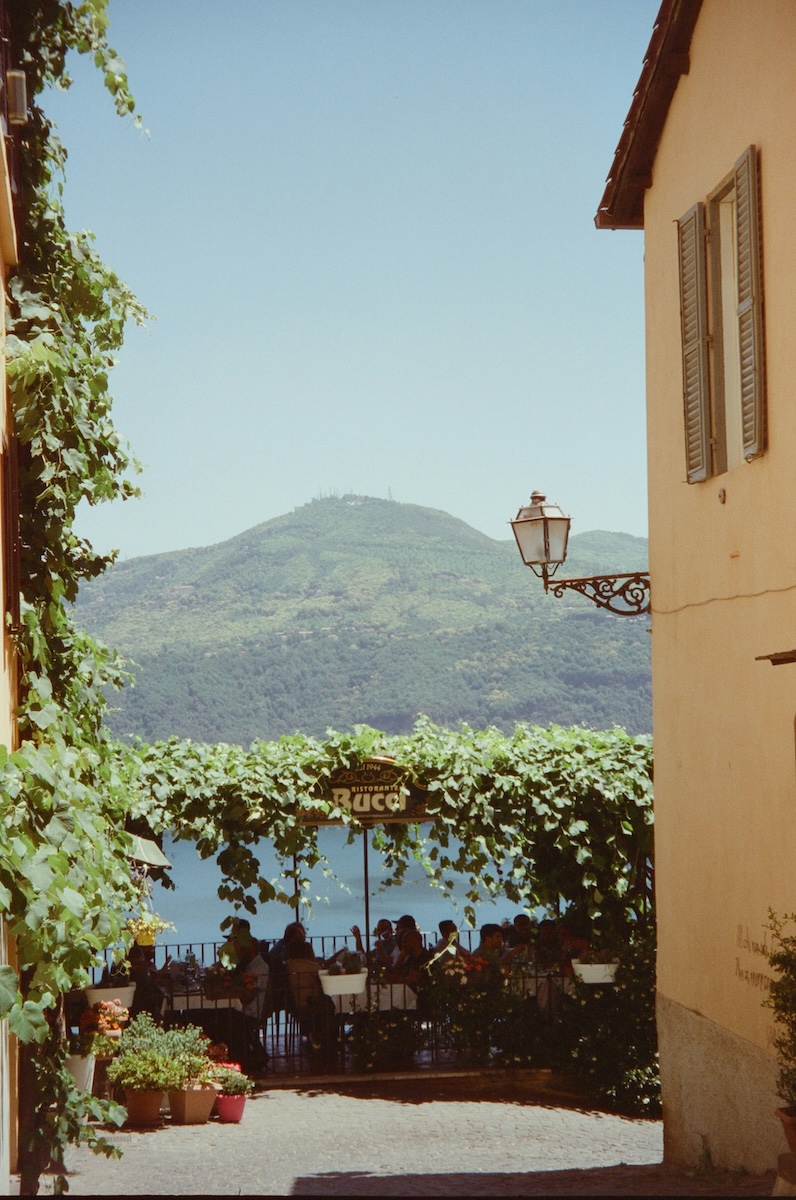
Day 1 – The Roman Hills & The Papal Retreat
Known for its charming medieval villages, lush landscapes, and historical landmarks, this area provides a delightful escape from the bustle of the capital (Rome) The first stop is Frascati, one of the most famous towns in the Castelli Romani, known for its stunning villas and vineyards. Upon arrival, the guide gives an overview of the area’s history, rich in ancient Roman influence. The group starts with a visit to the Villa Aldobrandini, a grand 16th-century villa set atop a hill, offering panoramic views of Rome and the surrounding countryside. Tourists can stroll through the gardens, admiring the ornate fountains and lush greenery. Afterward, the group takes a leisurely walk through the historic center of Frascati, characterized by its charming piazzas, narrow streets, and beautiful Baroque churches. The guide highlights key landmarks, such as the Cathedral of San Pietro and Piazza San Pietro, while sharing stories about the town’s aristocratic past. The group also has the opportunity to visit local shops and enjoy the charming ambiance of this tranquil town, famous for its delicious Frascati wine. After lunch, the group heads to Castel Gandolfo, located just a short drive away from Frascati. Castel Gandolfo is not only known for its stunning views of Lake Albano, but it is also famous as the summer residence of the Pope. The group visits the Papal Palace, which is open to the public and offers a fascinating glimpse into the Vatican’s rich history. The group tours the Papal Gardens, a peaceful retreat filled with fountains, statues, and beautiful greenery. The guide provides interesting facts about the palaces significance, including the private rooms used by popes and the historical importance of the estate. After exploring the Papal Palace, the group takes a short walk around the charming town of Castel Gandolfo. Nestled on the edge of Lake Albano, this peaceful town offers beautiful lakeside views, quaint streets, and a welcoming atmosphere. Tourists can visit the local shops, enjoy the lakefront, or relax in one of the cafes, taking in the beauty of this picturesque location.
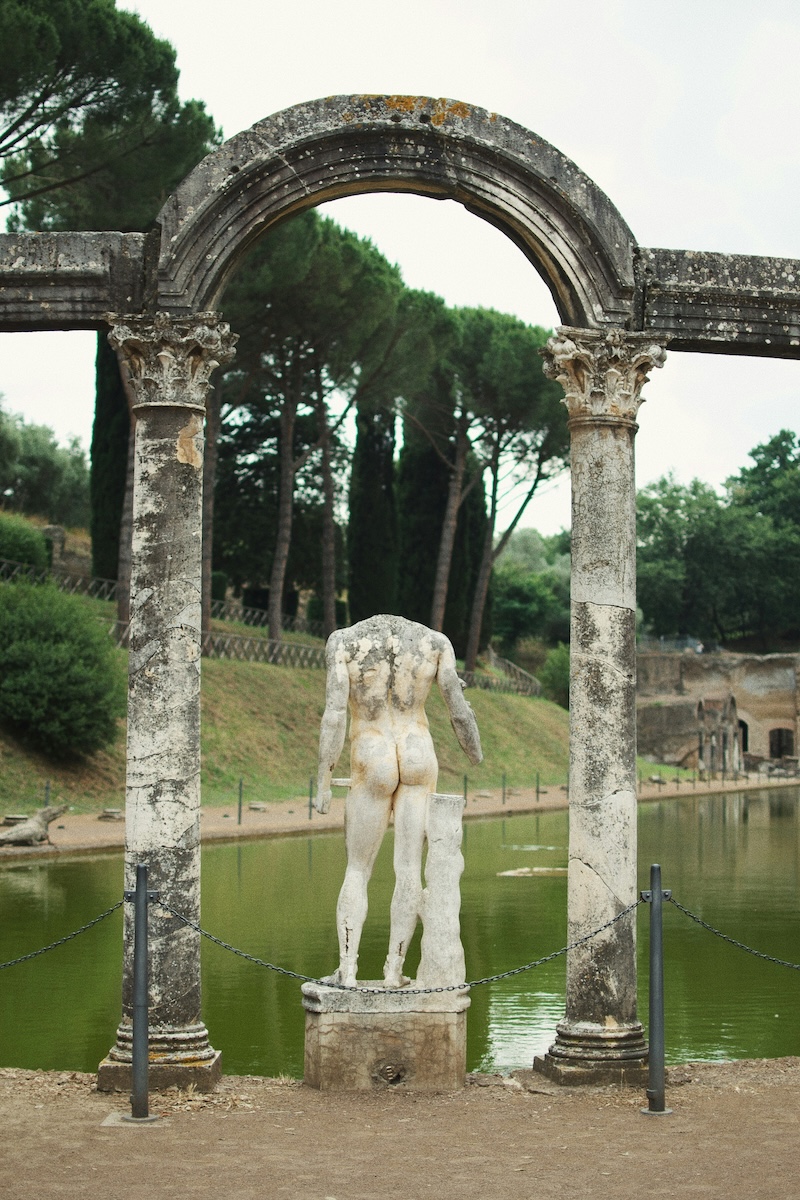
Day 2 – Emperor Hadrian’s Grand Retreat
The group starts the day with a visit to the renowned Villa d’Este, famous for its spectacular Renaissance gardens and fountains. The villa, built in the 16th century, was commissioned by Cardinal Ippolito II d’Este, and its gardens are considered one of the most outstanding examples of Italian Renaissance landscaping. Tourists wander through the intricate pathways, admiring the grandiose fountains, cascading water features, and beautifully manicured gardens. The guide explains the artistic and architectural significance of the villa, as well as its historical context as a retreat for cardinals and nobility. The centerpiece of the gardens is the famous Fontana dell’Organo, a fountain that features a mechanical organ played by the flow of water. The guide shares the fascinating history behind the design of the gardens, and tourists have plenty of time to explore the various fountains and enjoy the peaceful atmosphere. In the afternoon, the group visits Villa Adriana, the grand estate built by Emperor Hadrian in the 2nd century AD. This sprawling complex was intended as a luxurious retreat for the emperor and his court, and it is one of the most important archaeological sites in Italy. The group explores the ruins, which include pools, temples, libraries, and the impressive Canopus, a large reflecting pool modeled after the famous Egyptian canal.
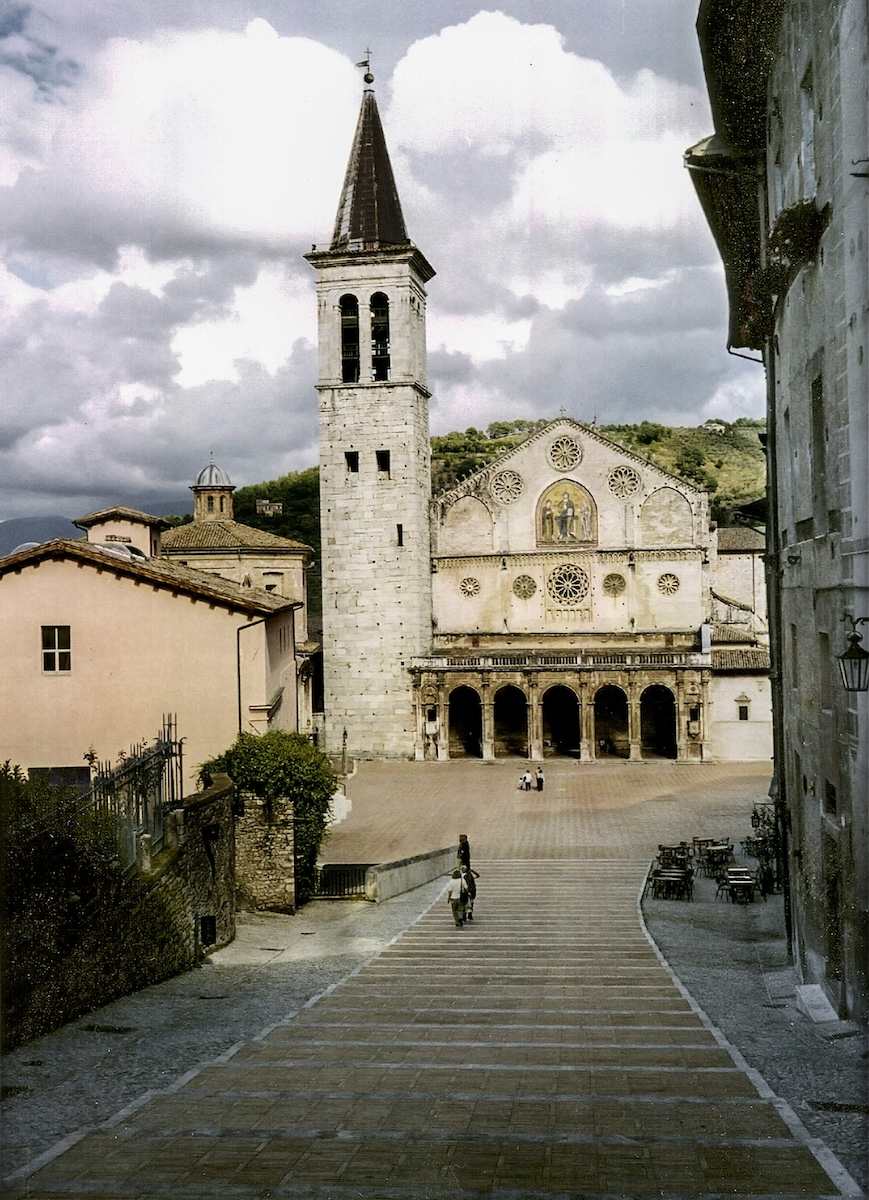
Day 3 – Spoleto The Roman and Medieval Past
Welcome in Spoleto, a charming town located in the heart of Umbria, known for its stunning medieval architecture, rich history, and breathtaking views. Their day begins early : The first stop of the day is the Roman Theatre (Teatro Romano), which dates back to the 1st century BC. The guide explains how this ancient structure was once used for performances and gatherings. Tourists marvel at the well-preserved ruins and can imagine what it would have been like to attend a play or a performance in this grand setting. The nearby Temple of Clitumnus is also part of the itinerary, where the group learns about the significance of this ancient Roman temple, surrounded by lush greenery and set beside a tranquil river. Next, the group heads toward the Ponte delle Torri, one of Spoleto’s most iconic landmarks. This magnificent medieval bridge is an impressive feat of engineering and offers spectacular views of the surrounding valleys. The guide shares its history, explaining how it was used as both a bridge and a fortress, connecting the town to the nearby mountains. Tourists take in the stunning panoramas while learning about the historical importance of the bridg. In the afternoon, the group explores the medieval heart of Spoleto. They begin with a visit to Piazza del Duomo, the beautiful main square of the town, where they can admire the Spoleto Cathedral (Duomo di Spoleto). The cathedral’s Romanesque and Gothic architecture makes it one of the most impressive landmarks in Spoleto. Inside, tourists marvel at the stunning frescoes, including works by Filippo Lippi. The guide explains the significance of the artwork, the cathedral’s history, and the role it played in Spoleto’s religious life over the centuries. Next, the group visits Palazzo Collicola, a historic palace that now houses the Spoleto Art Museum (Museo Civico di Spoleto). The museum displays a variety of artwork, including sculptures, paintings, and other relics, providing a deeper understanding of the region’s artistic heritage. The tourists enjoy a guided tour through the museum, learning about the artistic movements that have shaped the town’s culture.
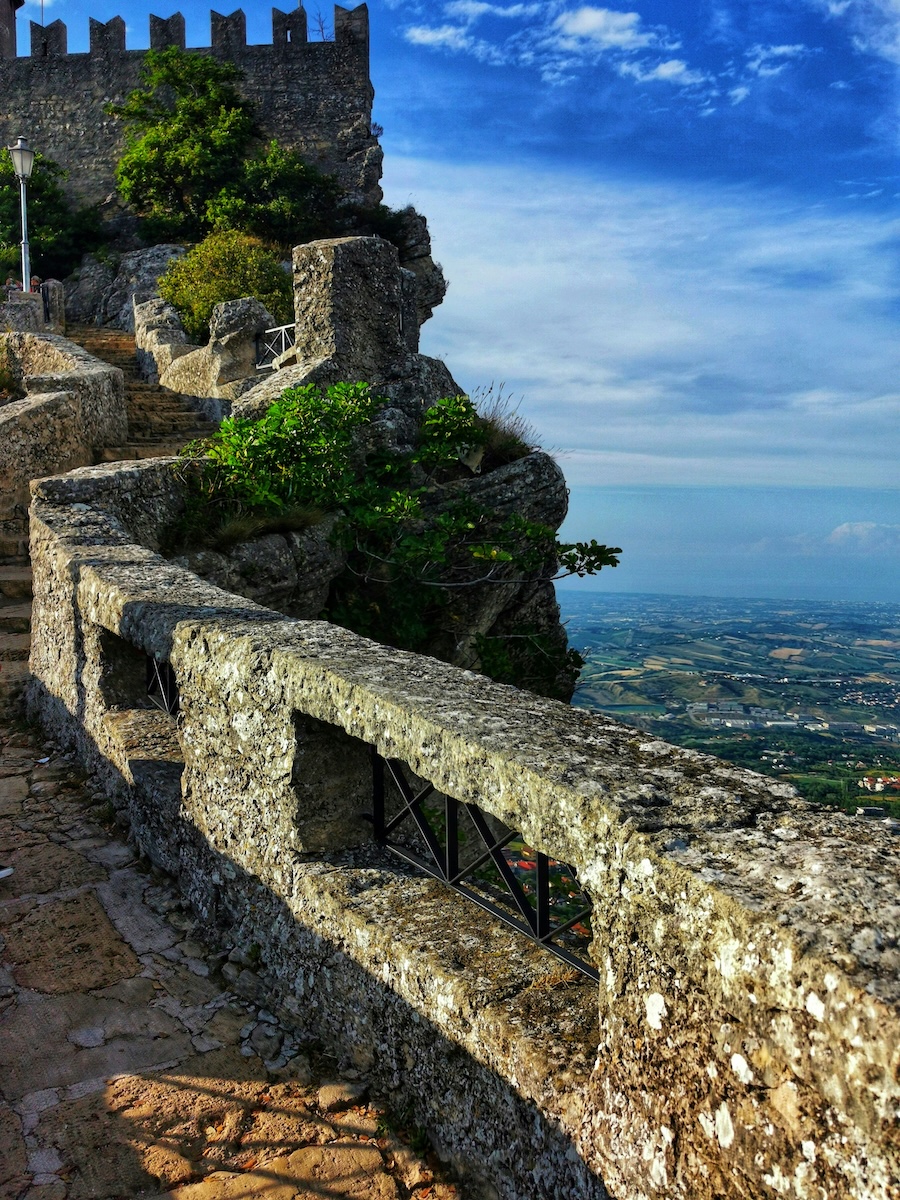
Day 4 – The ancient republic of San Marino
San Marino is one of the world’s oldest republics, offers a fascinating experience for a group of international tourists. This small, independent country is perched on Mount Titano and is famous for its medieval architecture, breathtaking views, and rich of history. The group arrives at Piazza della Liberta’, the central square of San Marino, where the guide warmly greets the tourists and provides an introduction to the history and significance of this tiny republic. The guide explains that San Marino, founded in the 4th century, has managed to preserve its independence throughout centuries, making it one of the oldest continuously existing republics in the world. The first highlight of the tour is a visit to the Three Towers of San Marino Guaita, Cesta, and Montale. These medieval fortresses are spread along the peaks of Mount Titano, offering spectacular views of the surrounding countryside. The group takes a scenic walk up to Guaita, the oldest and most iconic of the three towers. At the top, tourists can explore the castle’s impressive walls, towers, and battlements, while learning about its strategic importance in defending the city throughout history. From Guaita, the group enjoys panoramic views of the rolling hills of Emilia-Romagna and Marche, with the Adriatic Sea visible in the distance on clear days. The guide explains the historical significance of the towers as symbols of San Marino’s defense and independence. After visiting the towers, the group heads to the charming historic center of San Marino. Strolling through its narrow, cobbled streets, the tourists are captivated by the town’s medieval architecture, quaint shops, and picturesque squares. The group then heads to Piazza della Liberta’, where the Palazzo Pubblico (Town Hall) is located. The guide explains the importance of the palazzo as the seat of government and a symbol of the country’s democratic system, which has remained intact for centuries.
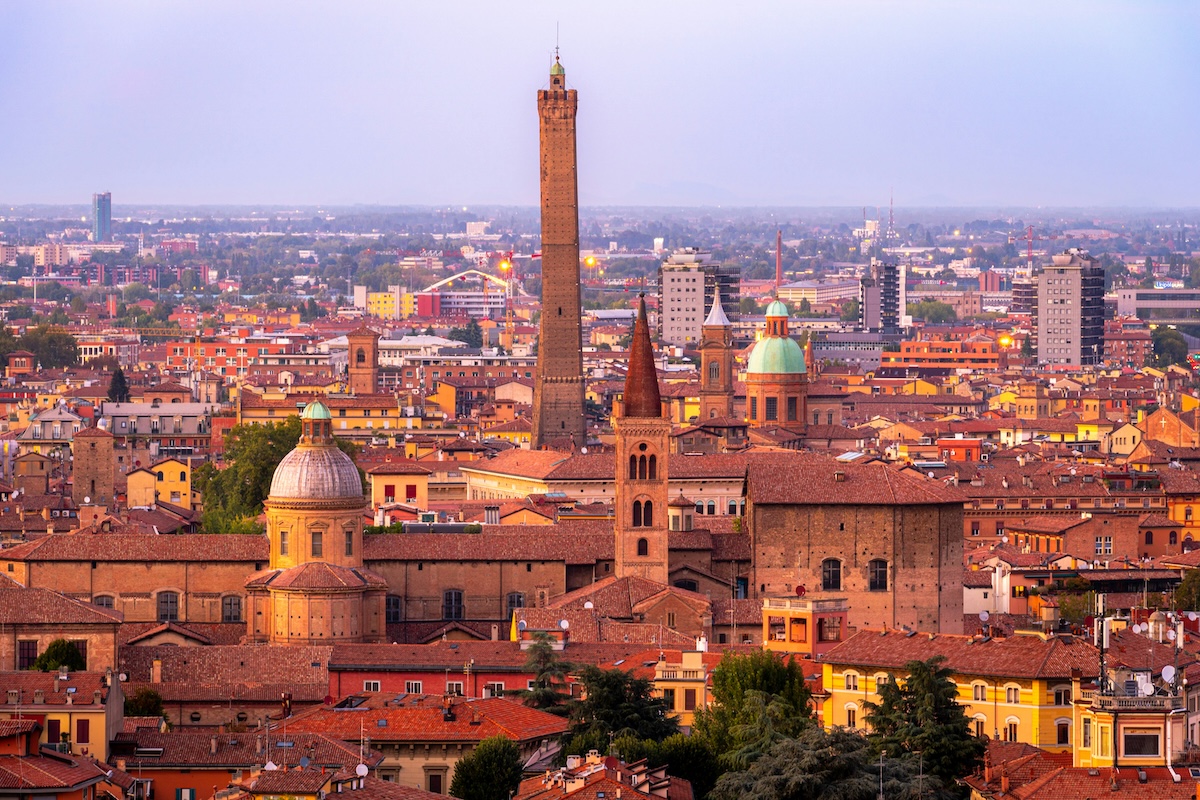
Day 5 – Bologna
The tour of Bologna, the group of international tourists explores the city’s historic center, starting with Piazza Maggiore, where they visit the stunning Basilica di San Petronio and the Fountain of Neptune. They then stroll under Bologna’s famous porticos, taking in the medieval charm of the city. A visit to the Asinelli Tower, the tallest medieval tower in Bologna, follows, where tourists learn about the city’s history. The tour ends with a taste of Bologna’s renowned cuisine, including tagliatelle al ragù and mortadella, before enjoying a scenic view of the city.
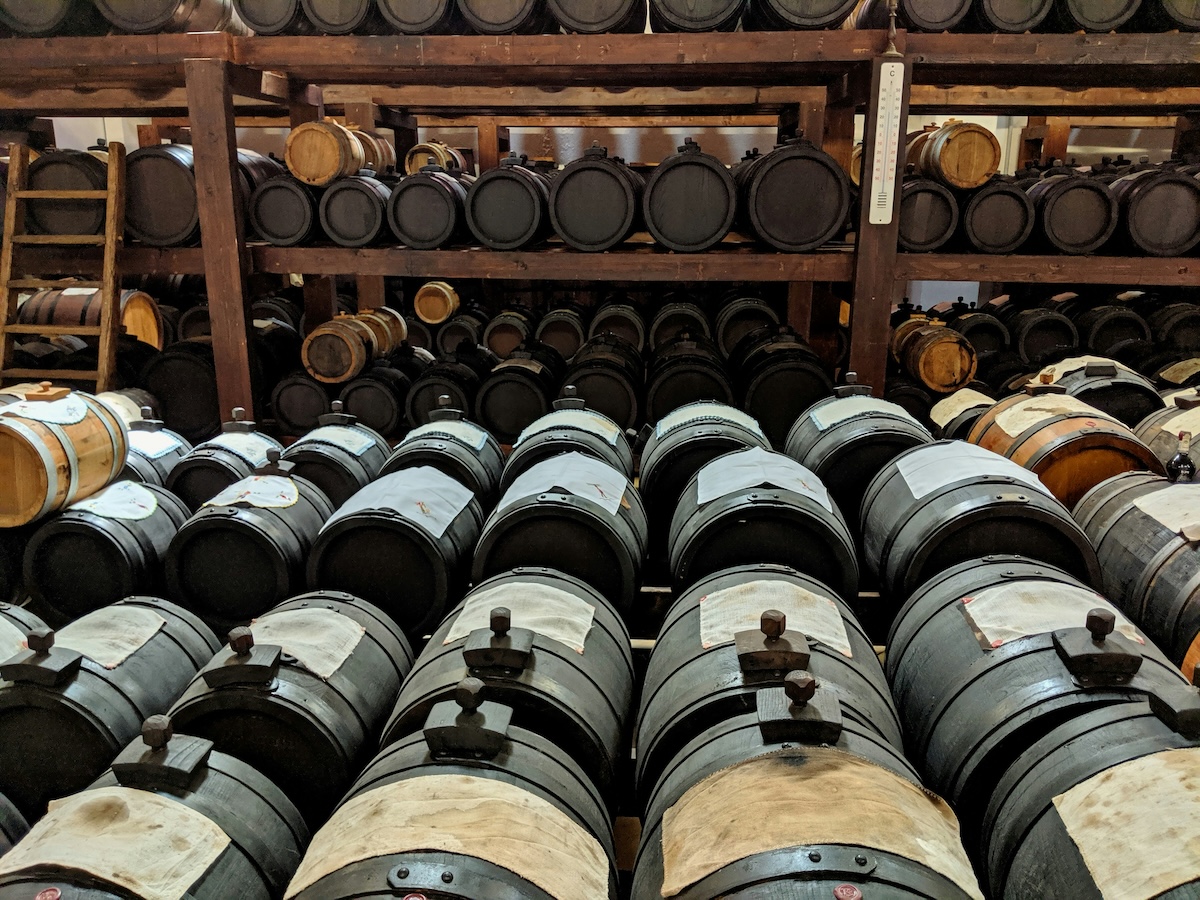
Day 6 – Modena
During a tour of Modena, the group of international tourists explores the city’s rich history and culture. The tour begins at Piazza Grande, where they visit the Modena Cathedral, a UNESCO World Heritage site, and admire its Romanesque architecture. The group also visits the nearby Ghirlandina Tower, offering panoramic views of the city. The tour includes a stop at the Enzo Ferrari Museum, showcasing the legacy of the famous car manufacturer. The experience concludes with a tasting of balsamic vinegar, Modena’s world-renowned specialty
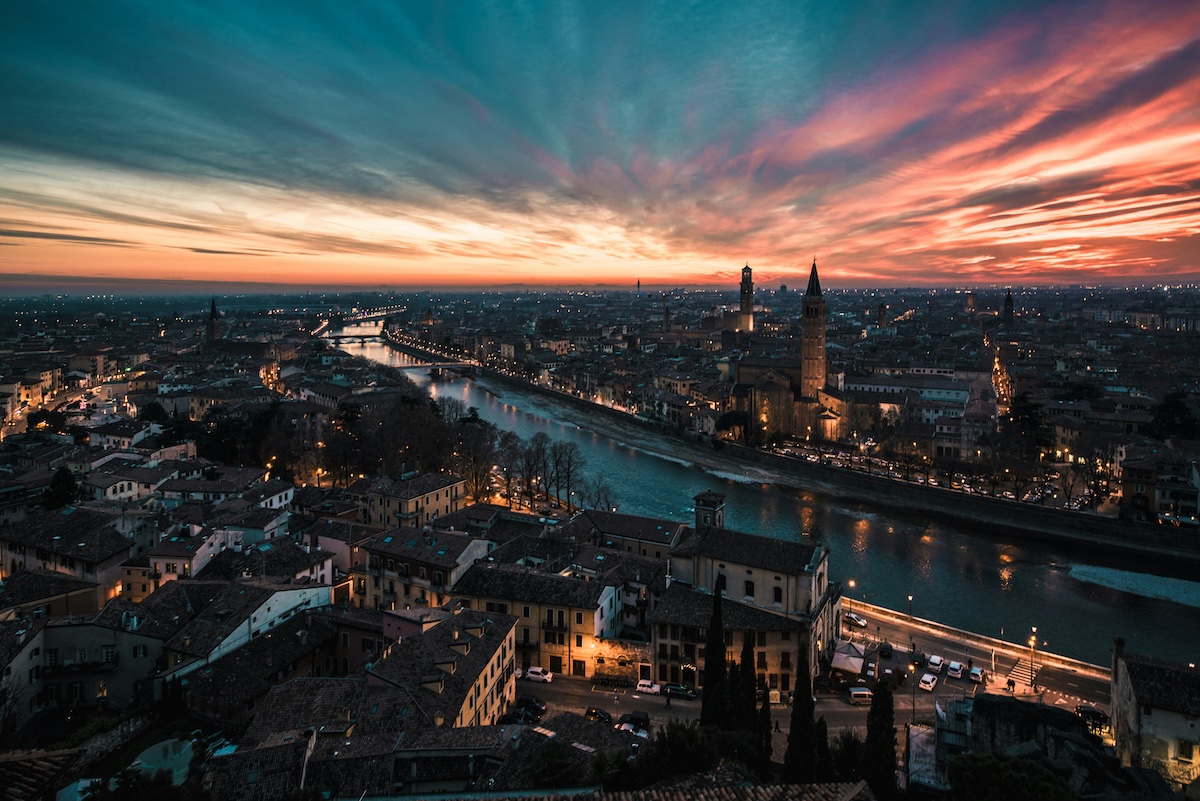
Day 7 – Verona
On a half-day tour of Verona, the group of international tourists explores the city’s charming highlights. The tour begins at the famous Arena di Verona, a well-preserved Roman amphitheater, where they learn about its rich history and role in opera performances. Next, the group visits Juliet’s House and the iconic balcony, reliving the story of Romeo and Juliet. The tour also includes a stroll through Piazza delle Erbe, the lively square surrounded by medieval buildings and markets. Finally, tourists enjoy a walk along the Adige River before the tour concludes.
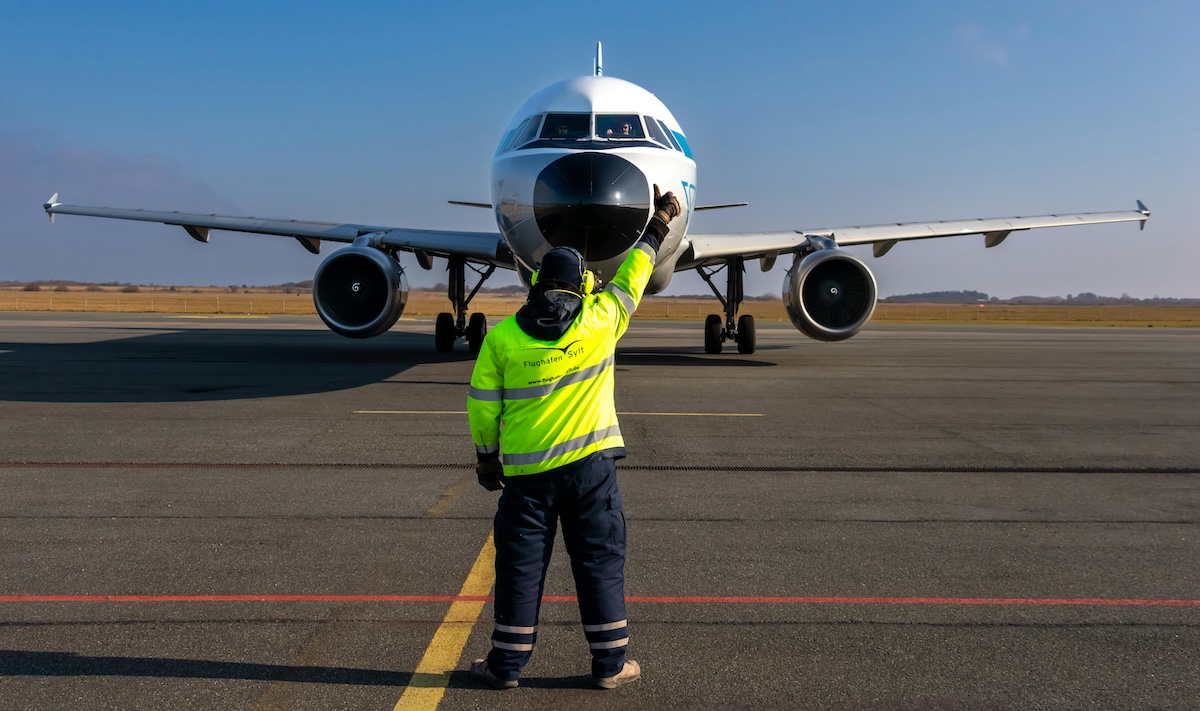
Day 8 – Trasfer from Hotel to the APT
Are you a travel agency?
Net rate for you!
We love work B2B
